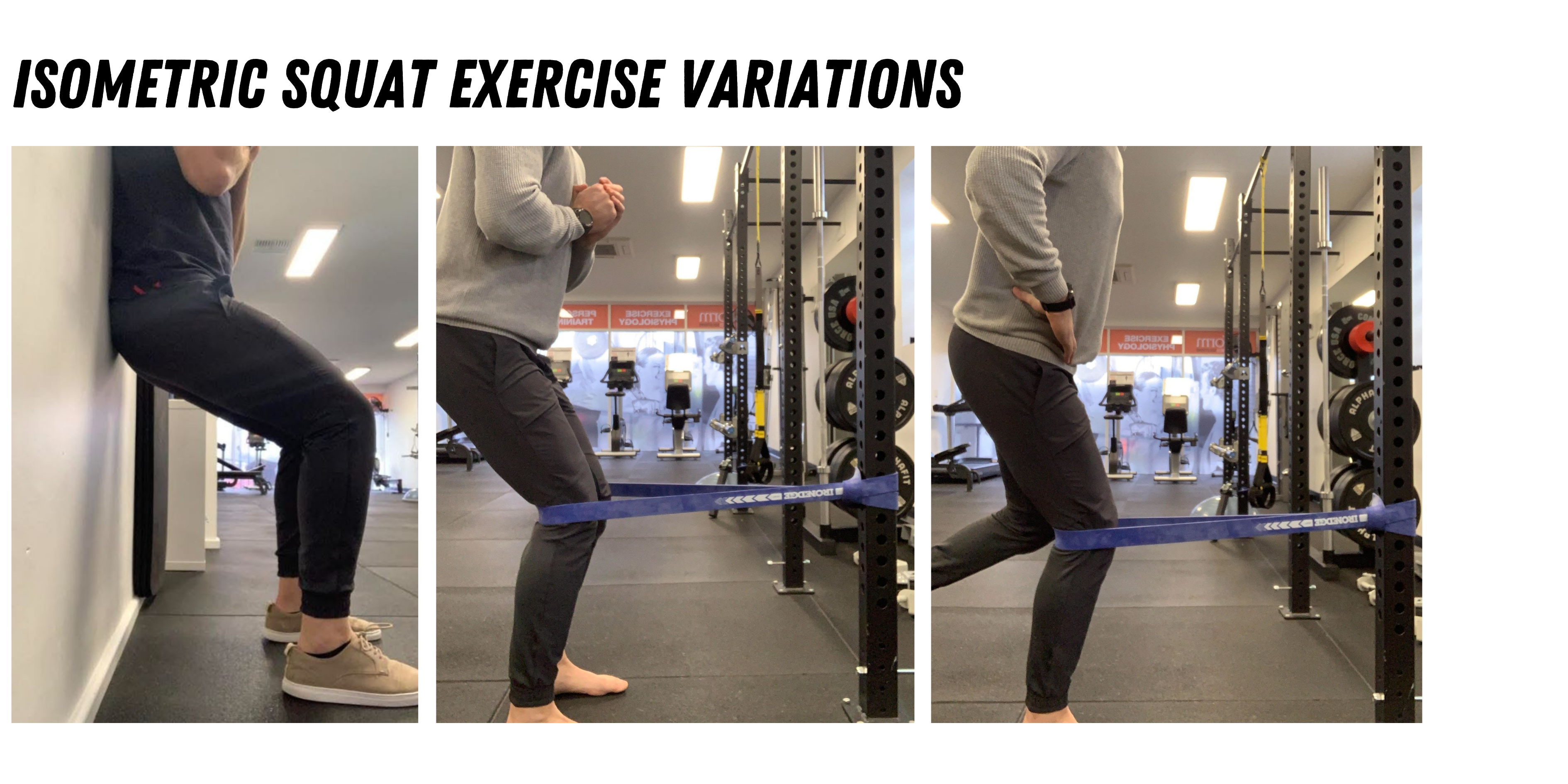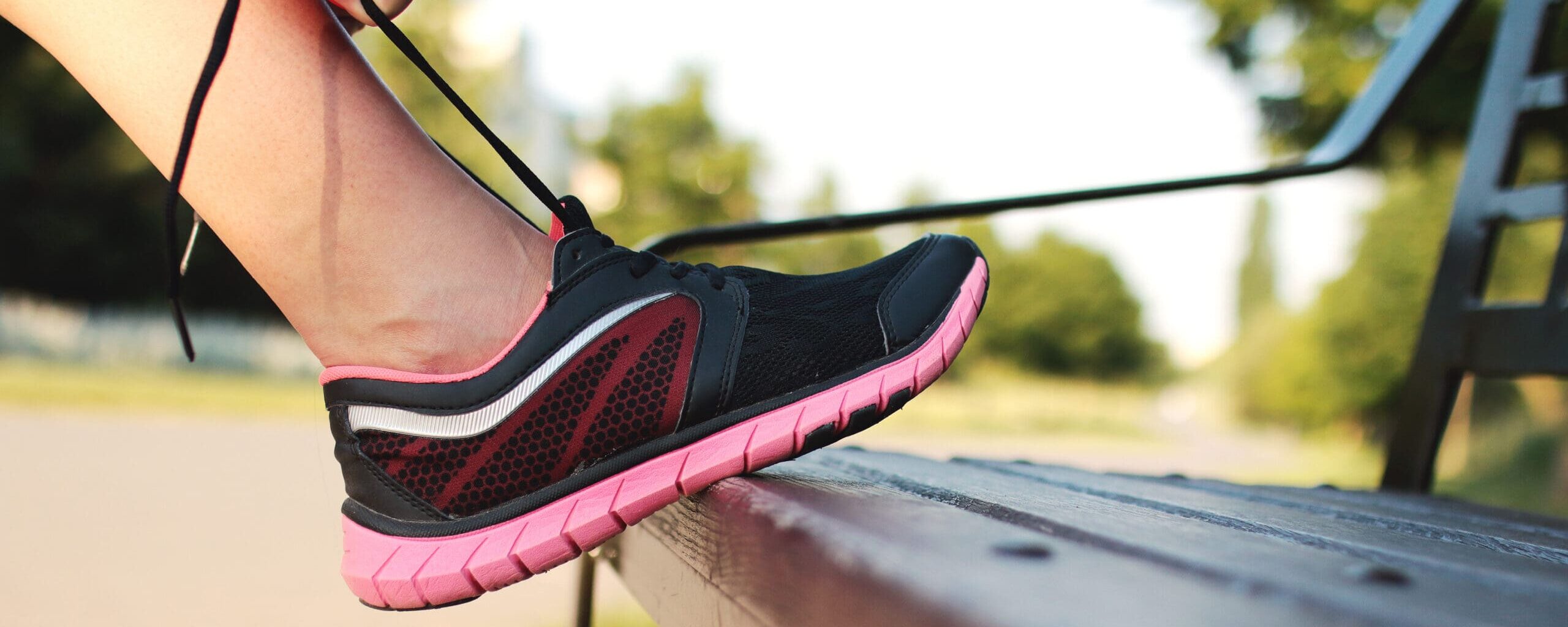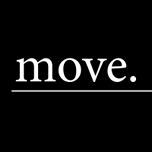Patella tendinopathy typically causes localised pain at the patella tendon (below the kneecap).
Most general daily activities can still be performed in those with this problem however with reduced capacity. Symptoms are generally most noticeable during high impact activities such as running, jumping and hopping.
Patella tendinopathy is commonly associated with high impact jumping sports, such as volleyball, basketball and netball. It is also more likely to occur at certain stages of life, such as adolescence and through to the fourth decade of age. It has been found to be more prevalent in males compared to females.
What increases my risk of developing Patella Tendinopathy?
Patella tendinopathy most commonly occurs as a result of a sudden increase or changes in a particular activity, so your physiotherapist will spend some time in your assessment discussing your physical activity and exercise habits.The will also ask about previous knee and other associated lower body injuries.
A thorough assessment will be undertaken to identify any other potential contributing factors that would need to be addressed during management. This will include things like your range of movement, how you run, jump and land.
Do I need a scan to confirm diagnosis?
In most people, a thorough assessment by your physiotherapist is usually enough to make a diagnosis and to determine the best treatment, so investigations like x-rays and scans are not needed to get you started on treatment.
Ultrasound and MRI imaging may be used in some cases to exclude other potential diagnoses, however imaging is not required to confirm diagnosis. Interestingly 22% of elite athletes without symptoms have been found to show some tendon pathology based on imaging, so it is important to note that the presence of tendon pathology seen on imaging may not correlate to a person’s reported symptoms. If you’ve had a scan your physiotherapist will be able to discuss the findings with you and determine the relevance of those findings to your presentation.
Management
In the management of patella tendinopathy isometric-based exercises are usually performed in the initial stages with the aim to reduce pain and start safe tendon loading. Isometric exercises contract particular muscle groups without changing the length of the muscle. Some common exercises prescribed may include a single leg knee extension hold or squat variations such as Spanish squat.
Your Physiotherapist will also provide advice on how to modify your daily and/or sporting activities. This is important during the initial stages to settle your symptoms and to gain an understanding on what is an appropriate symptom response and how to gradually build your activity tolerance.
As you progress through treatment and rehabilitation, heavy and slow resisted exercises are later prescribed to build on the initial isometric loading period. Exercises in this phase could include single leg knee extension, leg press, hack or back squat, Bulgarian squat and single leg box squat.
Towards the end stage of your rehabilitation the Physiotherapist will introduce plyometric exercises (high energy movements) such as split squats, hopping, skipping etc. and functional training consisting of movements related to the activity or sport you plan to return to.
Some examples of these exercises include:
Need help with Patella Tendinopathy?
If you’d like to see one of our Physiotherapists for this issue, you can:
- Call us on (08) 8373 5655 or (08) 7078 0303
- Use our Online Booking Gateway (available 24/7) to choose your appointment time
- Drop in to see us in person
- Email us on info@moveforbetterhealth.com.au











